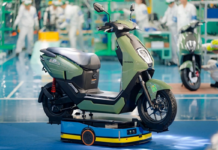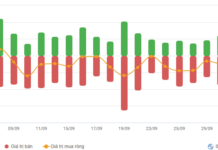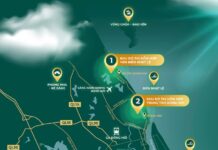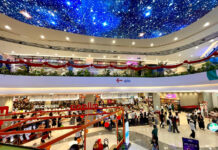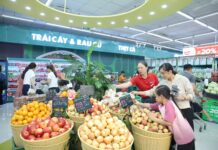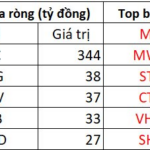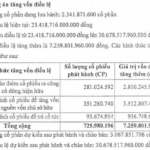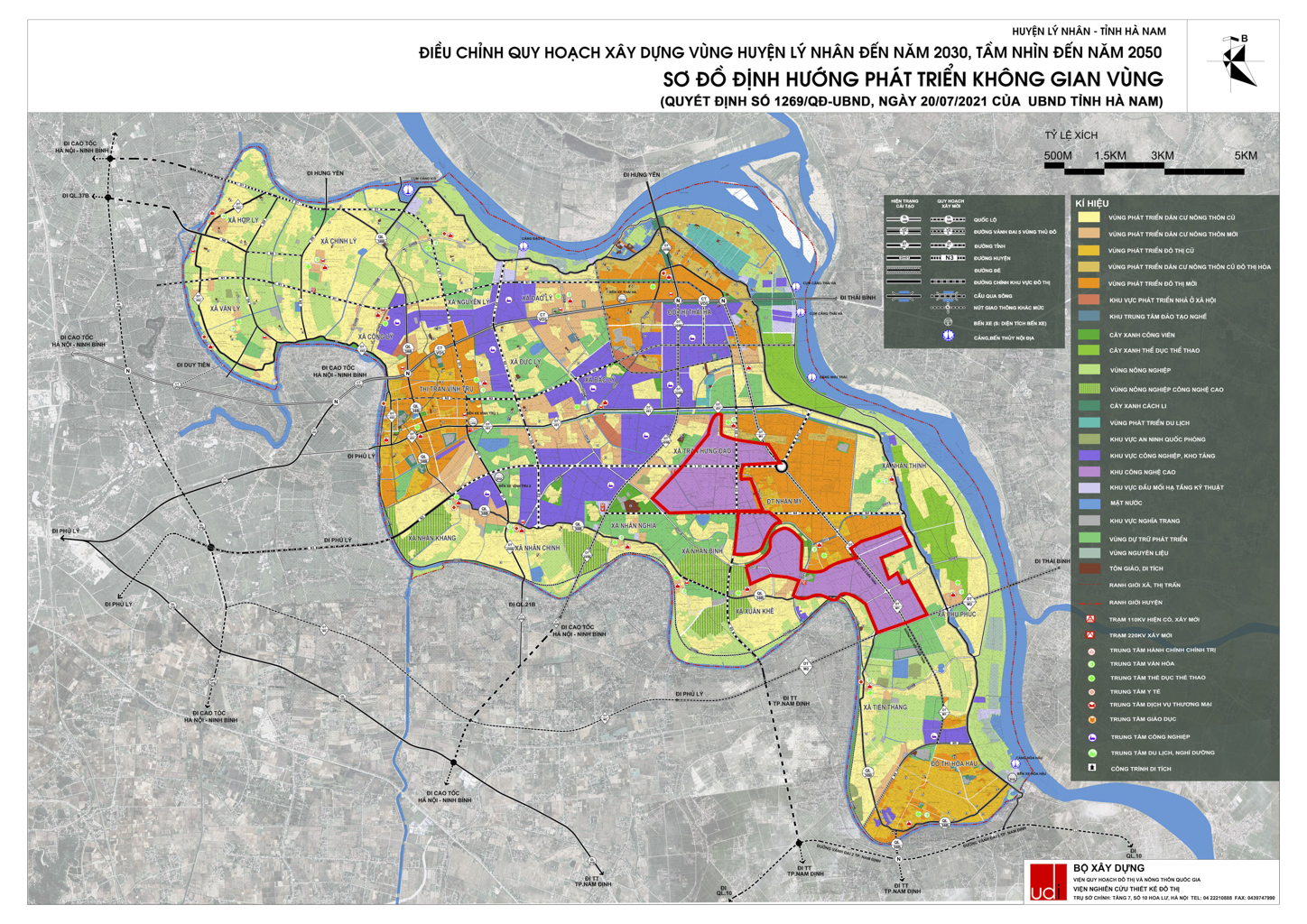
In 2021, Hanoi Hi-tech Zone in Ha Nam province was added to the overall plan for the development of hi-tech zones until 2020 and the orientation towards 2030 according to the Decision No. 792/QD-TTg dated June 8th, 2015 by the Prime Minister. With convenient transportation infrastructure and the ability to link with the high-level research and training system, Ly Nhan district was chosen to build the province’s hi-tech zone. The map of adjusted construction planning for Ly Nhan district is shown in the figure, with the red border representing the Hanoi Hi-tech Zone. Image source: sxd.hanam.
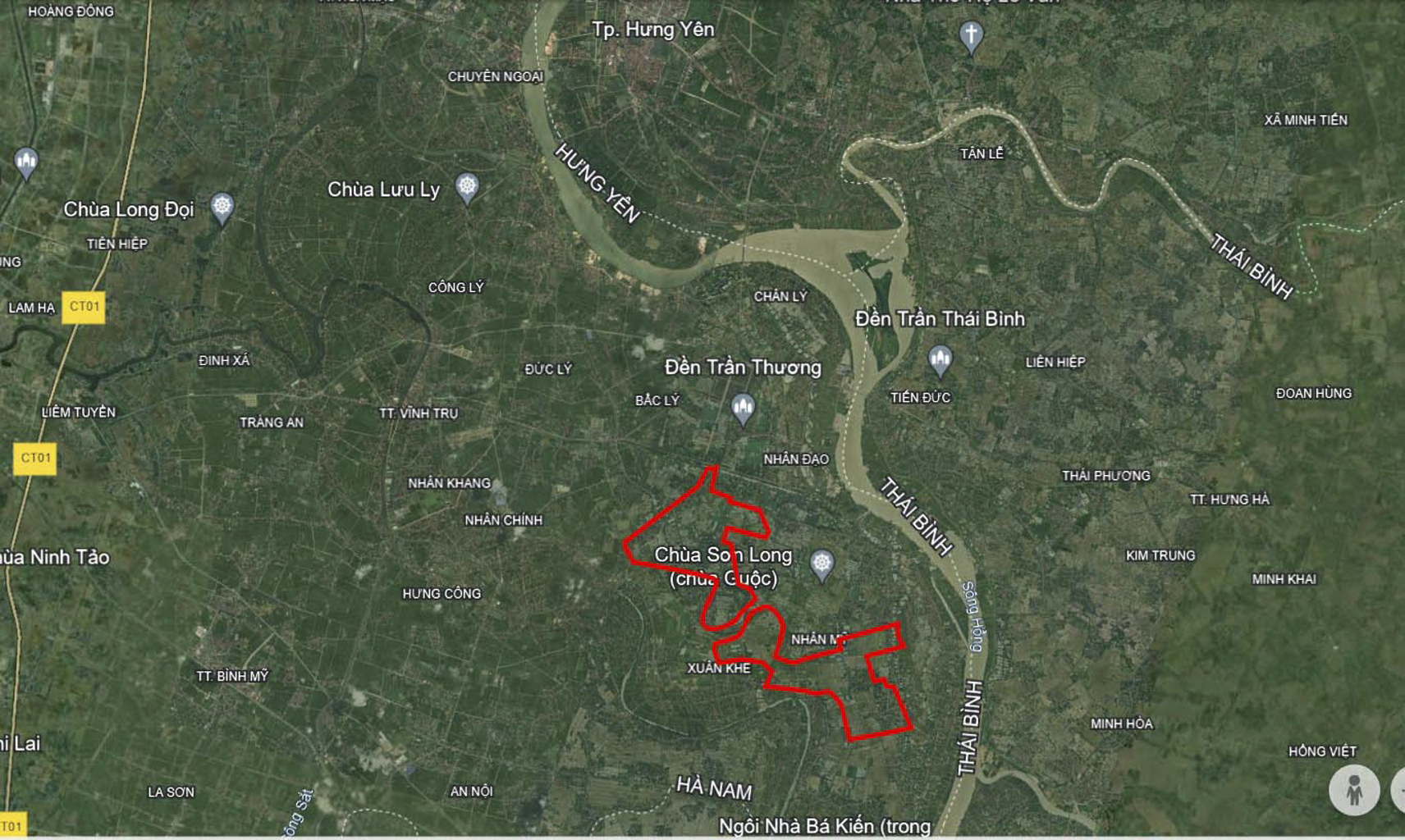
The Hanoi Hi-tech Zone in Ha Nam province will effectively exploit its potential and advantages in terms of its location in the Capital Region, only about 70 km from the center of Hanoi. It is expected that this place will become a bright spot in the field of Industrial – High-tech in the coming period.
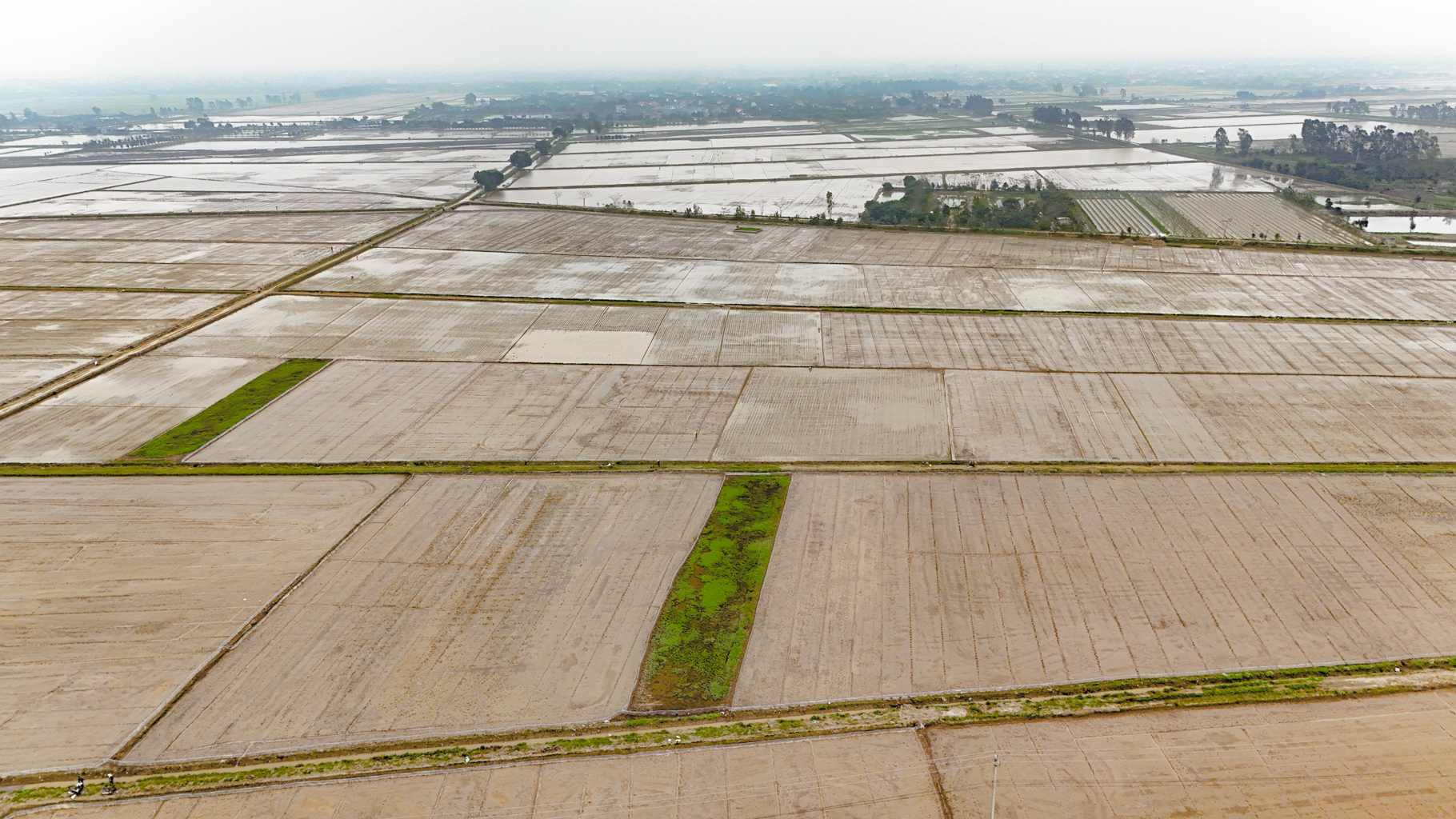
The Hanoi Hi-tech Zone in Ha Nam province has a scale of about 6.6 km2 (larger than Hoan Kiem district – about 5.3 km2). The project is planned to be divided into 2 construction phases. In the first phase, Ha Nam will establish a steering committee and a management board for the Development Project of the Hi-tech Zone; develop a detailed plan for the hi-tech zone in Ly Nhan district; develop a plan to support land clearance and prepare clean land fund for handover to the investor for infrastructure construction.
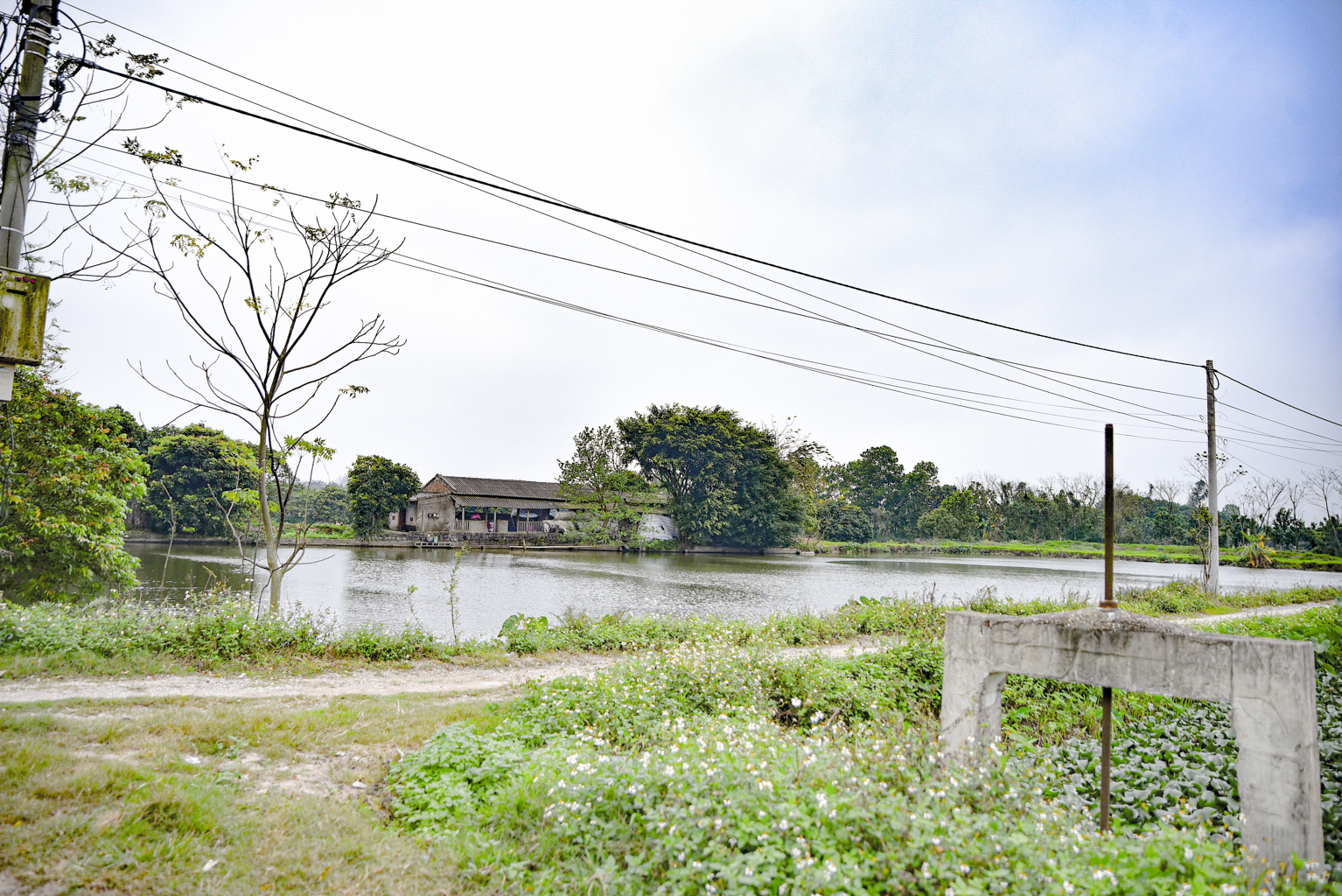
In the next phase, Ha Nam will focus on completing the construction of technical infrastructure and building functional sub-areas; gradually operate in the formed Hi-tech Zone model.
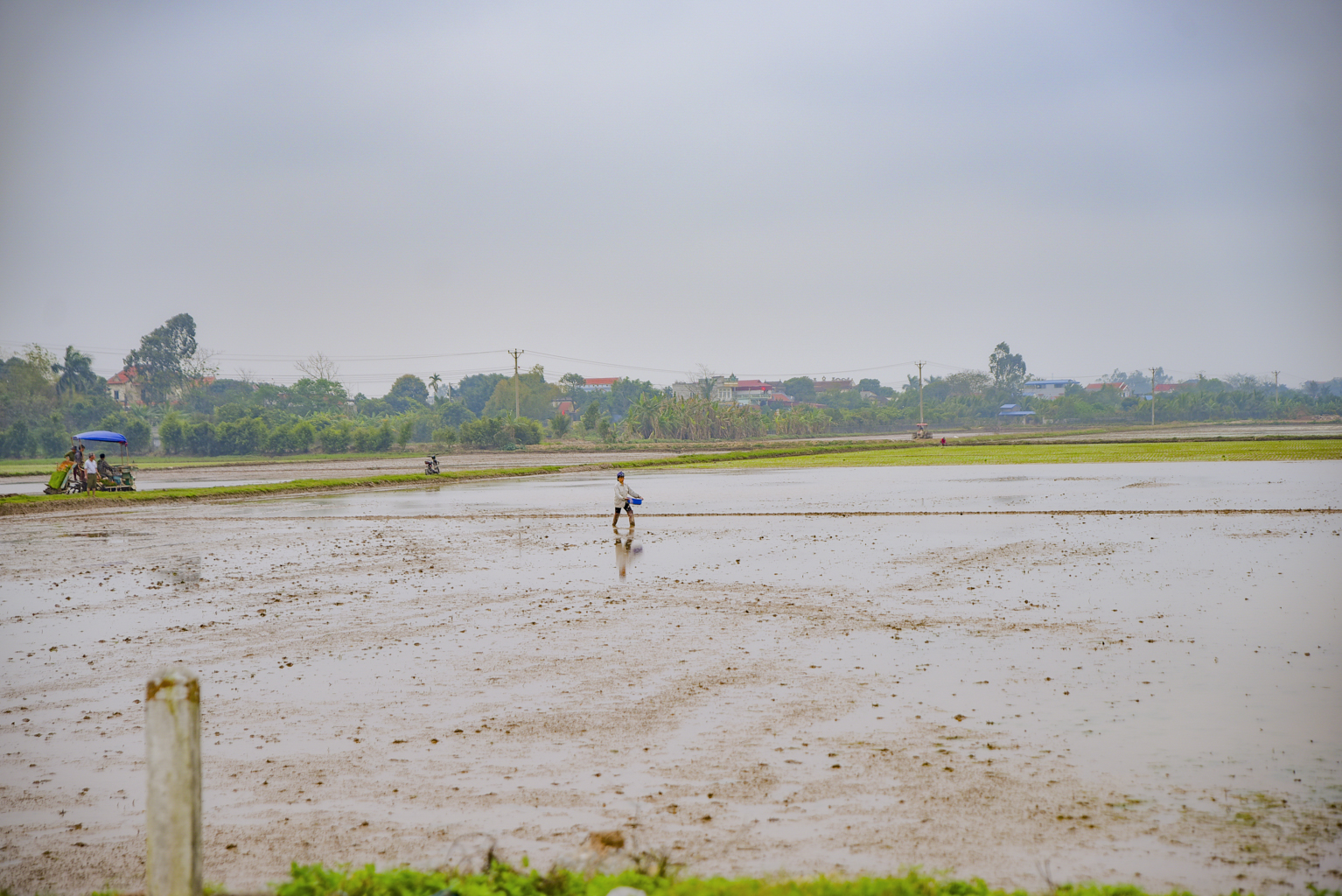
According to the development plan, the Hanoi Hi-tech Zone in Ha Nam will focus on attracting investment in functional sub-areas, with a focus on projects in the fields of artificial intelligence, electronics – semiconductors, automation, biotechnology and healthcare, new materials technology…
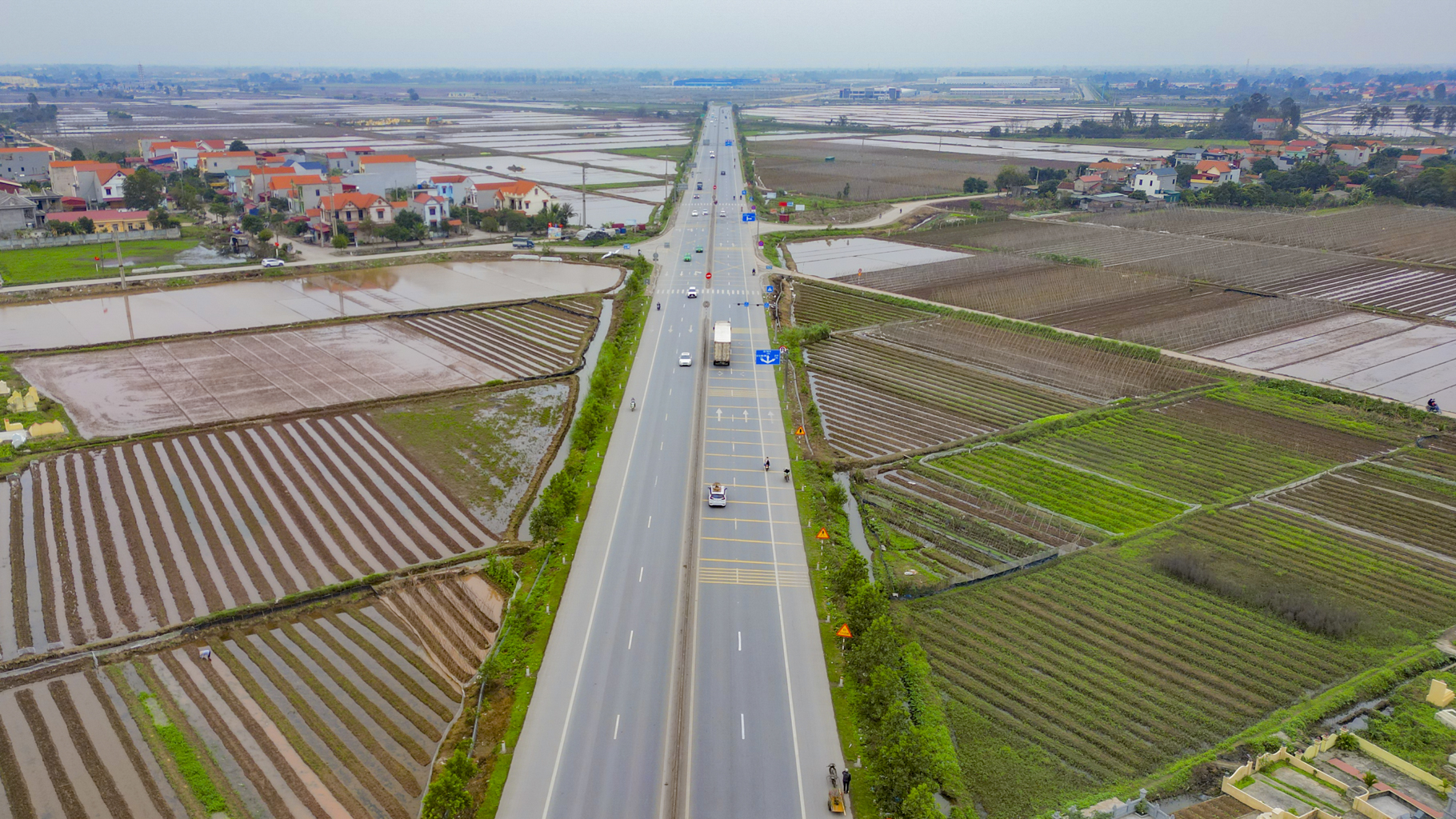
To concretize the approved plan, Ly Nhan district has prioritized investment, upgrading, modernizing infrastructure to attract investment by implementing a series of key transportation projects passing through the district such as the road connecting 2 expressways (Hanoi-Hai Phong and Cau Gie – Ninh Binh); the Thai Ha bridge construction project, the Hung Ha bridge project… Currently, Ly Nhan district is concentrating on implementing some key projects including regional linkage roads, hi-tech zones… The figure shows the road connecting 2 expressways.
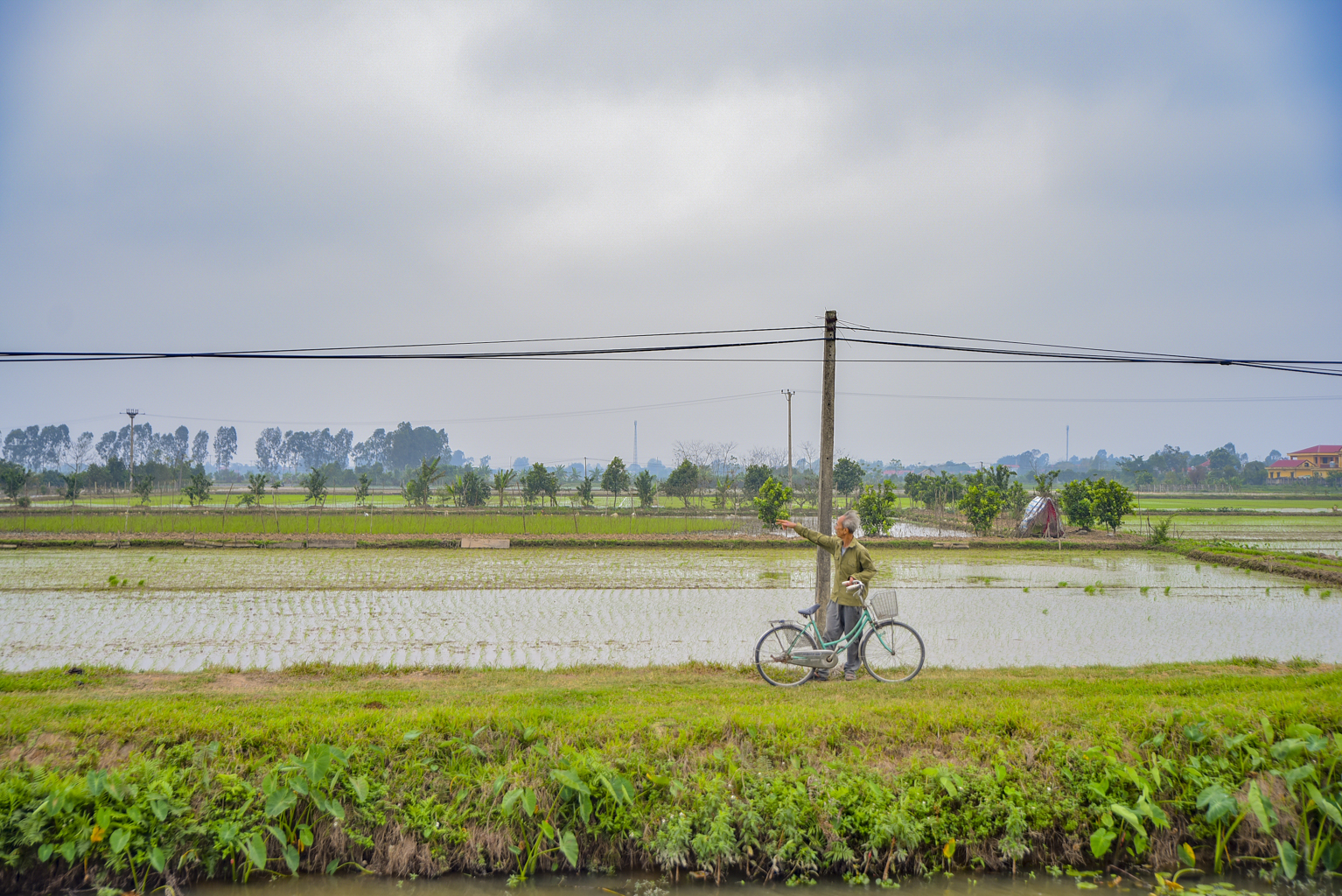
According to local people, the Hanoi Hi-tech Zone in Ha Nam is mainly planned in agricultural and cultivated land areas. This facilitates land clearance and construction.
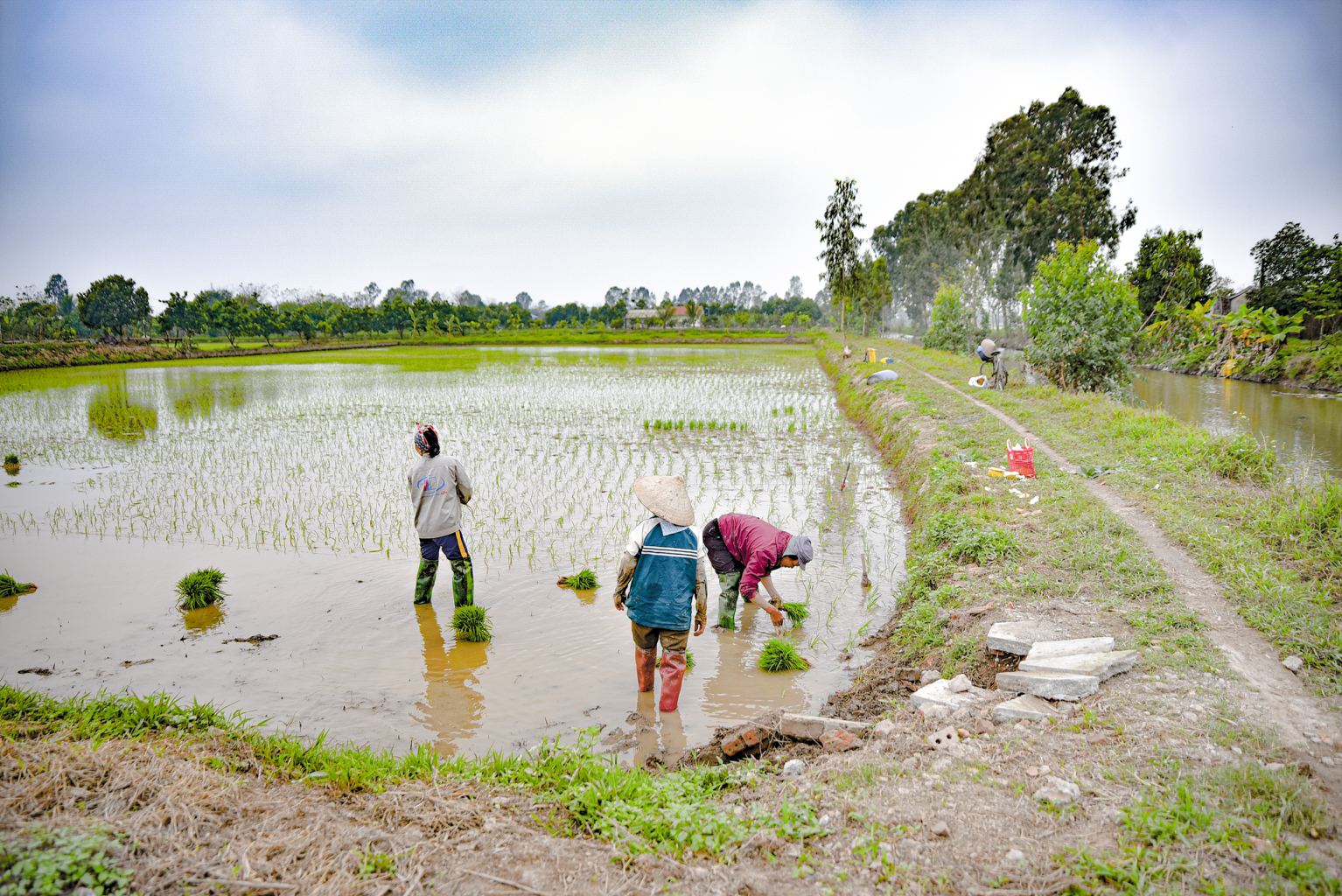
Currently, Ly Nhan district has 540 businesses, 22 craft villages, contributing to job creation, labor structure transformation, thereby increasing income for rural people and sustainable poverty reduction. The average per capita income in 2022 will reach 64.2 million VND/person/year.
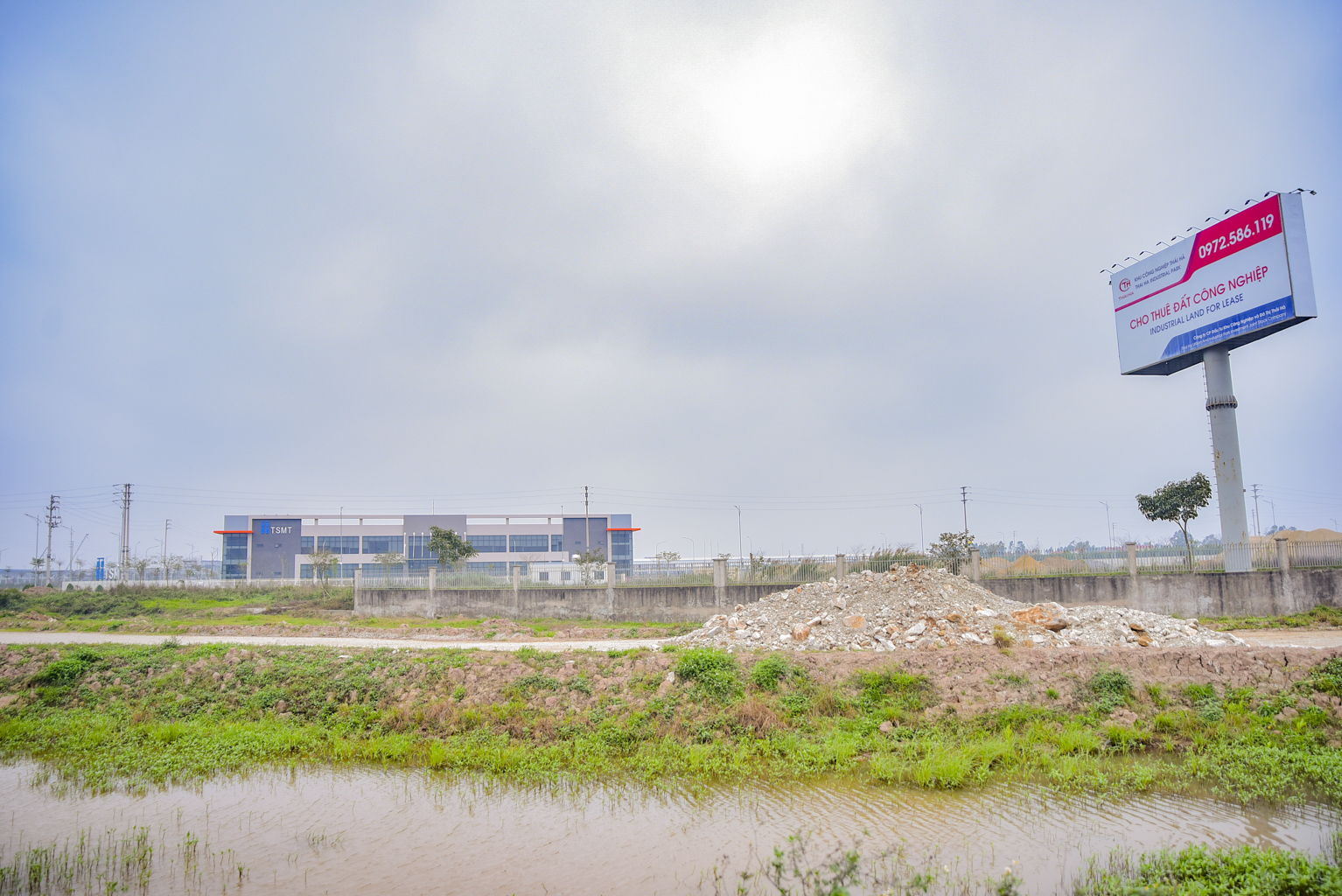
Also in the area, there is a Hoa Hau industrial cluster operating on an area of 0.92 km2, including 8 businesses operating in the fields of textile fibers, fabric, and garments; 4 industrial zones are being implemented for investment and construction with a total area of 8.2 km2 (including Thai Ha I, Thai Ha II, Thai Ha III, and Dao Ly industrial zones). Moreover, 3 new industrial clusters are in the stage of attracting investment… The figure shows the Thai Ha industrial zone.
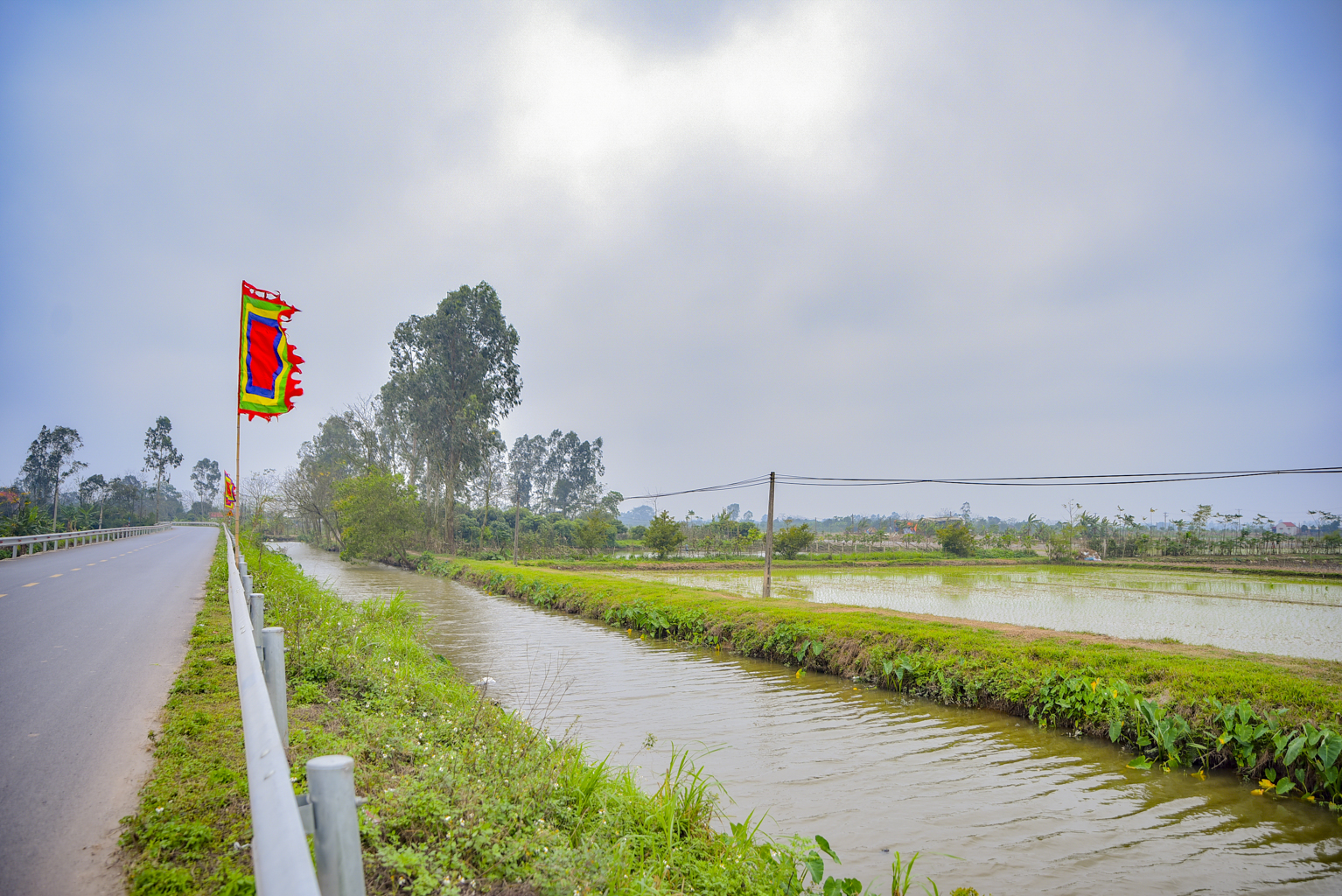
The formation and development of the Hanoi Hi-tech Zone in Ha Nam will gather intellectual forces in the province, the region, and internationally for research, transfer, and development. From there, it will help the province to enhance its capacity to receive and master high technology, create motivation to promote rapid, sustainable, and modern economic restructuring.
The future city is a photo strip of localities that have been approved for planning and aimed to become cities.


